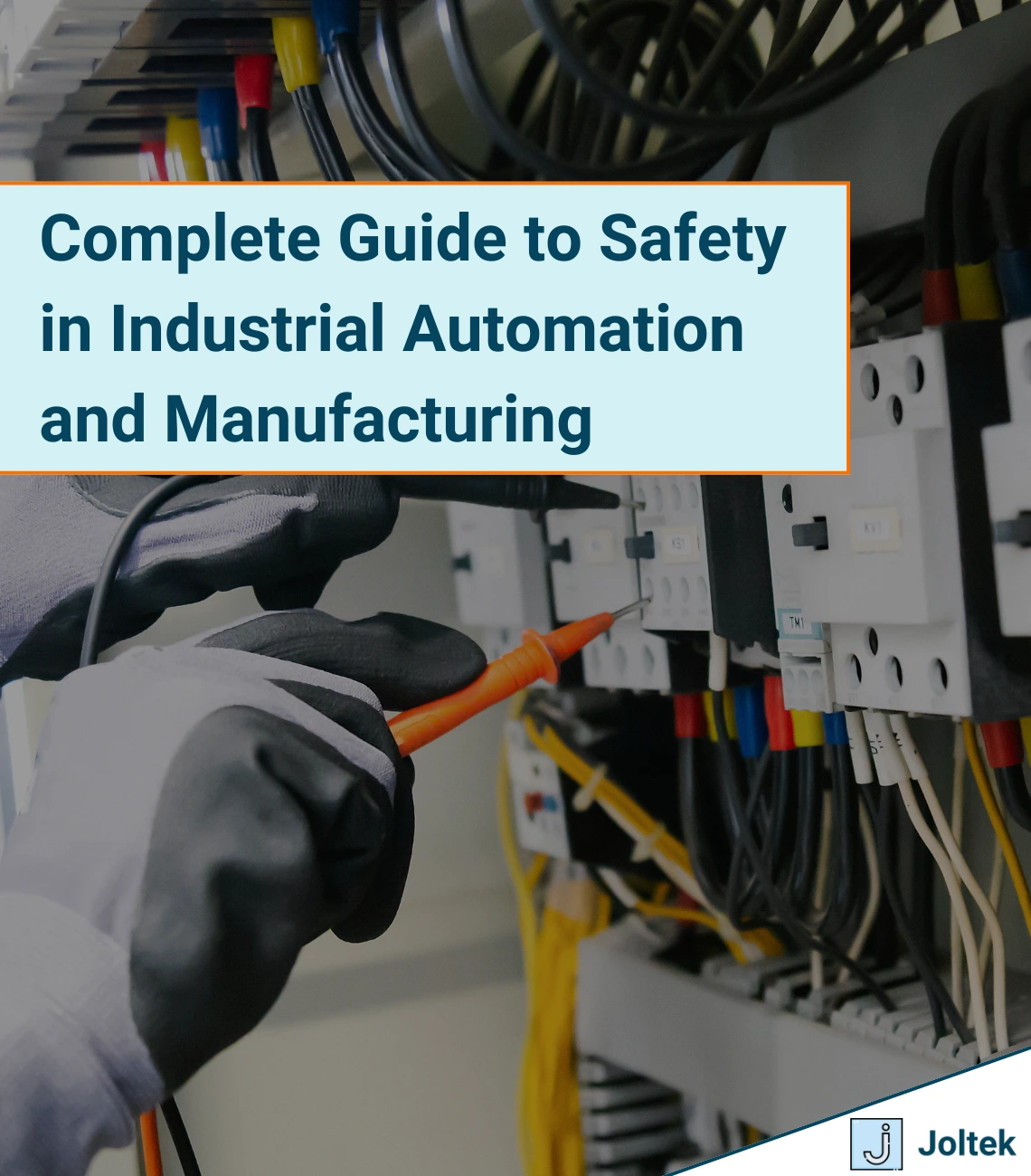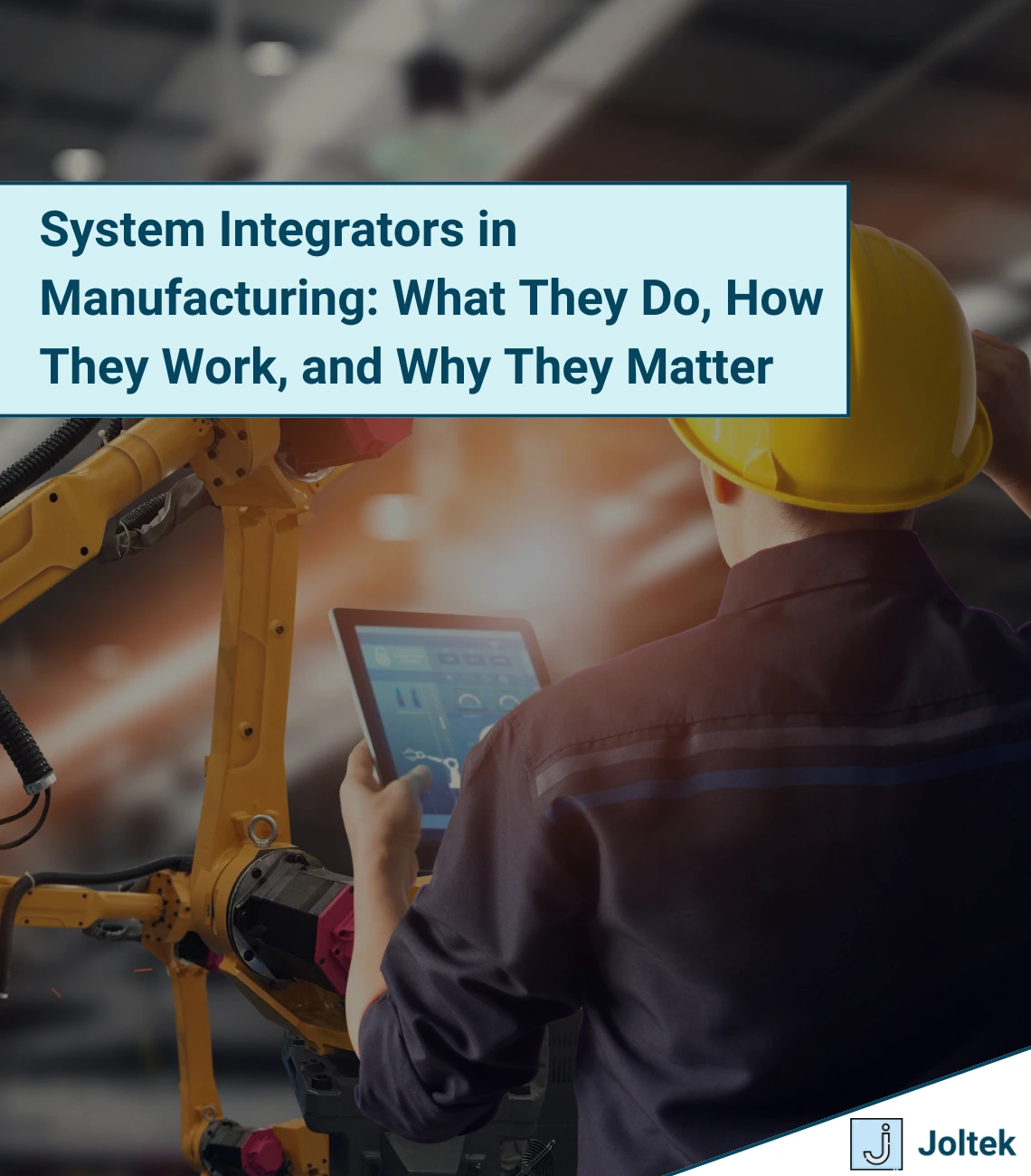If you have any ties to the manufacturing space, you should probably listen to the a16z podcast episode “Rebuilding America's Industrial Backbone”
What’s Wrong with Manufacturing?
I remember the day I walked across a Procter & Gamble manufacturing shop floor, amazed at how it reminded me of “How It’s Made.” I also remember calling my parents and telling them that this is where I’d like to work and would be relocating across the country (California to Maine) in a few weeks.
Despite my love for this industry, it doesn’t come without very interesting challenges. There are many ways to tackle them; I believe that the simplest way is by breaking them down using the “People, Process, and Technology.”
![Figure 1 - Why Operational Technology [OT] Expertise Is Essential for Navigating Manufacturing's Unique Challenges and Driving Innovation | The Evolution of Manufacturing: From Steam Power to Smart Factories](https://cdn.prod.website-files.com/66f633572f8d068e075cddde/67429b93fcda02e5ee1863a9_67429b30f03ca5ccc66d599d_What%25E2%2580%2599s%2520Wrong%2520with%2520Manufacturing%2520Challenges%252C%2520Opportunities%25202.webp)
Manufacturing Challenges - People
Unlike other industries, manufacturing seems to require a lot of highly specialized individuals with zero to no overlap in disciplines - mechanical, electrical, industrial, control system, chemical / process, etc. In software engineering, you’ll meet software engineers, program managers, and data scientists - they all have a foundation in software. Mechanical and Electrical engineering are worlds apart.
The above is a challenge because you’re not only introducing a steep learning curve, but you’re also heavily reliant on those individuals to share their knowledge with newcomers, which doesn’t always happen.
A different challenge comes from the parties external to the manufacturing facility - vendors / OEMs, system integrators, consultants, suppliers / distributors, machine builders, etc.
These relationships are built over years, sometimes decades, and dictate what kind of software, hardware, and support a facility may utilize. Despite what some may say, it’s not that straightforward for a factory to switch from one platform to another - they need to have a support network in place, they need to mitigate the risks associated with it, and they need to invest heavily into the infrastructure and their people to make that shift.
Manufacturing Challenges - Process
The world of manufacturing has undergone various transformational milestones, from the invention of the steam engine to Industry 4.0, we’ve seen tremendous increase in productivity as a benefit from the different technologies. However, a much less talked about (outside of manufacturing) is the importance of processes - Ex: Lean Six Sigma.
Lean Six Sigma and Continuous Improvement principles drive improvements in manufacturing plants across the globe. The principles are often “simple” in nature, but highly complex for teams to implement. Manufacturers spend millions of dollars studying, deploying, and improving the processes that allow them to produce their products better, faster, and cheaper.
The challenge is that… Many manufacturers fail to implement processes for various reasons. This can be due to culture, improper training, improper management, poor 3rd parties, etc.
![Figure 2 - Why Operational Technology [OT] Expertise Is Essential for Navigating Manufacturing's Unique Challenges and Driving Innovation | Different Disciplines in Manufacturing - Electrical, Mechanical, Process, Chemical, etc.](https://cdn.prod.website-files.com/66f633572f8d068e075cddde/67429b93fcda02e5ee1863a1_67429b53f03ca5ccc66d6ce3_What%25E2%2580%2599s%2520Wrong%2520with%2520Manufacturing%2520Challenges%252C%2520Opportunities.webp)
What’s The Opportunity in Manufacturing
The manufacturing industry is flawed; it’s complex for various reasons outlined above. However, the “right individuals” are and will be transforming how plants operate. It’s important to understand that despite all the challenges within the industry, the plants are running significantly better than they used to. Over the years, manufacturers have improved their processes, automated their production floor, and learned (as much as possible) from various continuous improvement processes.
So what’s the opportunity?
Most improvements are incremental in nature. A small percentage of improvement in productivity leads to millions of dollars. A small percentage of improvement in reduced waste, leads to millions of dollars saved. The bottom line is that manufacturers are seeking technologies and operational excellence approaches that can help them improve their P&L (profit and loss) statements.
Data is Gold
In consumer products we’ve seen a massive uptick in devices that feed us data - from Fitbit to Whoop, we’re promised a better way of tracking our biometrics which is supposed to help us improve. Manufacturing is no different - different groups are looking to help companies track their metrics so that they identify bottlenecks, downtime, and improvement opportunities to squeeze those percentages mentioned above.
There’s no lack of different data collection, processing, storage, and presentation tools on the market.
The challenges aren't as simple as storing data in a DB, hiring a "data scientist," applying AI / ML, and getting an ROI. Creating physical product and the involvement of many disciplines means that you need to have the right infrastructure to collect the right data, for the right people, and to synthesize the right information for the right stakeholders to make the right decisions.
The Inflow of Capital and Software Engineers
![Figure 3 - Why Operational Technology [OT] Expertise Is Essential for Navigating Manufacturing's Unique Challenges and Driving Innovation | Capital Inflow into Manufacturing - YC Post on X](https://cdn.prod.website-files.com/66f633572f8d068e075cddde/67429b93fcda02e5ee18639e_67429b61f5b29ed402948b04_YCinvestments.webp)
Venture Capital is known to flow to industries based on various factors. As the recent election results came in, it became apparent to many that the US will experience political pressure from the countries we’re used to import from. In short, this means that we need to become competitive at manufacturing on US soil.
This “need” is leading to an inflow of capital for US manufacturing - funds are looking for professionals that will revolutionize manufacturing.
It’s important to understand that we’re in this position as a result of the following - Other countries have much lower wages, lower health and safety standards, lower benefit requirements, etc. The main aspect we’re “competing” on is automation. The general understanding is that we can automate our facilities better and the delta in how well we’ve automated will offset the price point at which these other countries can supply us with a specific product.
The second major factor we’re seeing is the inflow of software engineers into the market. Various companies have laid off thousands of highly skilled individuals who are looking to leverage their skills in other industries. These talented people are obviously looking at where the capital is - manufacturing and industrial automation / software.
The Challenges in Manufacturing Optimization
I’m a big believer that there will be companies that grow as a result in the current political shifts. However, I believe that many will fail as a result of lacking the experience in the manufacturing / OT sides. I’ve talked to countless companies with founders coming in with a pure software background only to shake my head at their idea. They simply don’t understand how different it is to sell to a production facility making physical goods than to a software company building applications. As mentioned above, these challenges aren’t only because of technology… They’ve not lived the human interactions first hand.
Back to the Podcast…
The podcast illustrates that exact same point - many will fail; few will succeed. They re-iterate how critical OT (Operational Technology) experience is in the current landscape. It’s not enough to “understand” manufacturing; those who lived it are quickly becoming an invaluable resource. Control systems engineers that are capable of picking up and leading software development teams will be compensated as much or more than their “pure software” counterparts.
Another important takeaway is that many are building a very narrow “middleware” solution. The company is either building a better connector, a better storage system, a better presentation layer, or a better processor for data. Although it might be sufficient in certain applications, they’ll quickly experience pressure from other players as their solution isn’t solving an end-to-end problem for the manufacturer and the system integrators will build out their own solution to save on cost and compete on the market.
![Figure 4 - Why Operational Technology [OT] Expertise Is Essential for Navigating Manufacturing's Unique Challenges and Driving Innovation | Challenges in IT / OT Integration in Manufacturing](https://cdn.prod.website-files.com/66f633572f8d068e075cddde/67429b93fcda02e5ee1863a6_67429b85d0510884eaf58962_Aligning%2520IT%2520and%2520OT%2520for%2520Seamless%2520Data%2520Integration%2520in%2520Manufacturing%2520Operations.webp)
Conclusion
There’s a lot of pressure on manufacturers in the US to compete with the ones from other countries. For the most part, unless the legislature changes human rights, the only aspect we can compete on is automation. Better automation is incremental - it requires us to identify opportunities using data and address them via technology, process, or people to bring an ROI to the manufacturer.
A startup led by software engineers with no OT background is going to struggle unless they can understand the nuances of the industry and the differences between how they’re done and how they used to do things - from protocols, to hardware / software / cybersecurity expectations, to interactions between different stakeholders, manufacturing is different in many ways. Having an OT person as a key player in the organization, or an advisor is critical.










